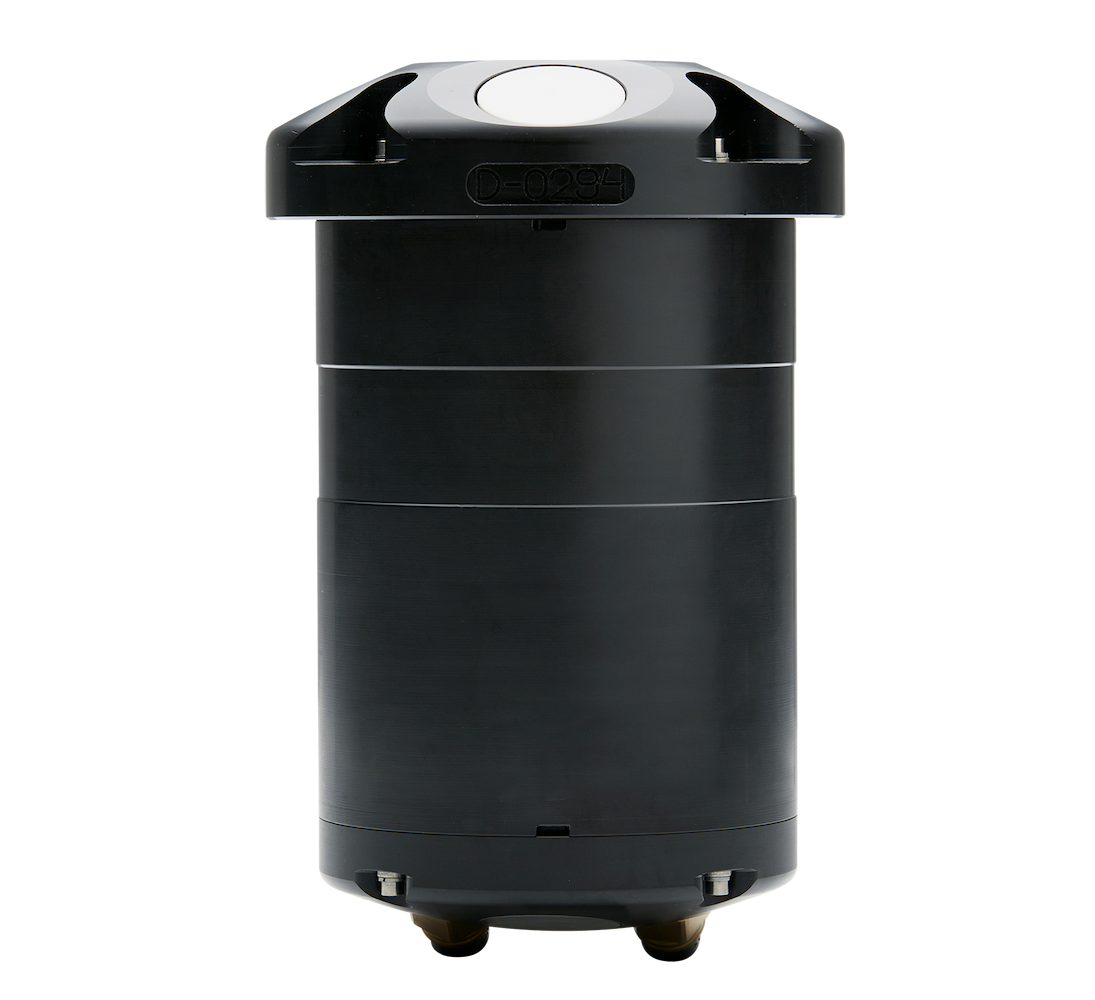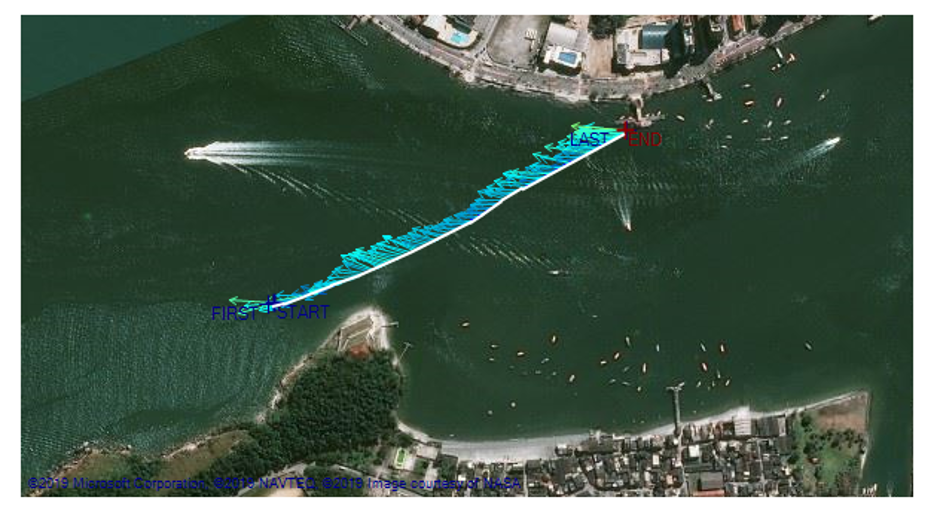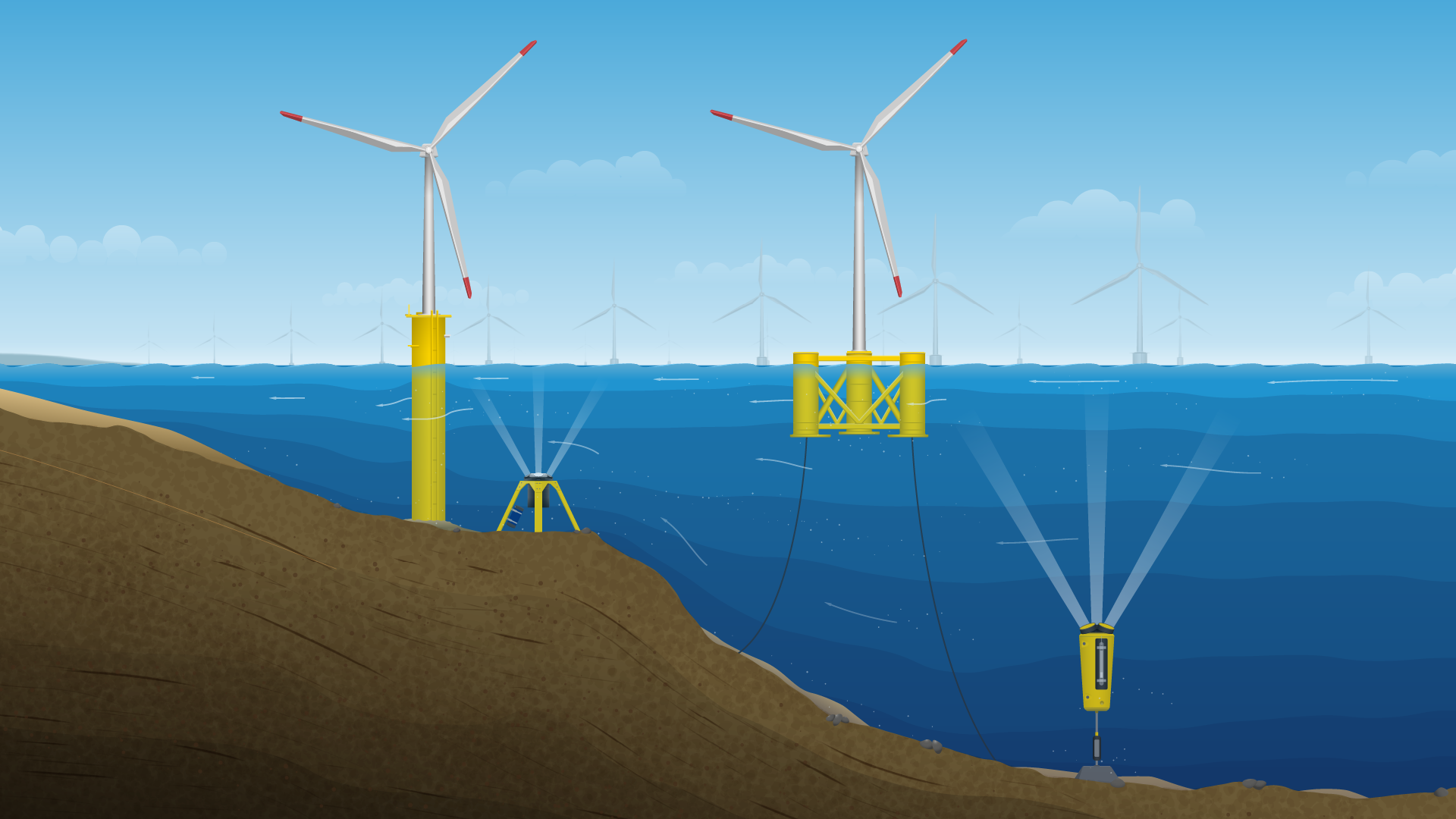
Contributing to sustainable energy production from tidal turbines
- User stories
Synopsis
Challenge
Renewable energy company Tocardo needed to quantify turbulent flow around their tidal turbines to evaluate efficiency of energy production.
Solution
Tocardo used a Signature1000 to estimate turbulence in fast tidal currents due to its unique ability to collect current profile data rapidly (16Hz).
Benefit
The Signature1000 data are used to verify tidal turbine performance and turbine blade orientation, which are essential for efficiency calculations.
Renewable energy company Tocardo is on a mission to contribute to clean, sustainable and predictable energy. It does this by designing turbines that can harvest power from tidal flows and rivers.
To reach its goals, Tocardo has decided to use the Signature1000 to optimize the operational performance of its tidal turbines.
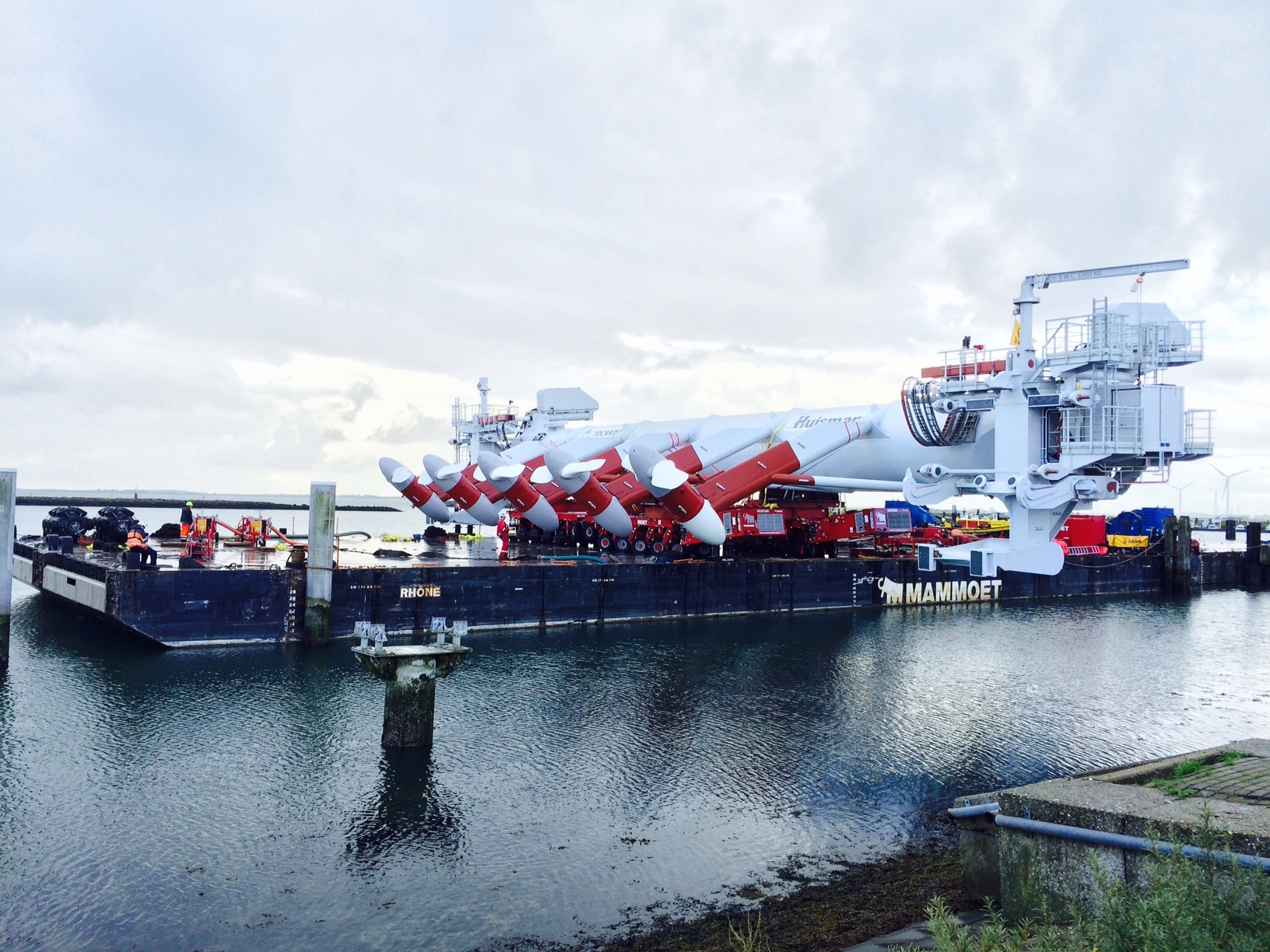
Tocardo International uses the Signature1000 to verify the performance of their turbines. The data from the instrument also helps Tocardo check the correct orientation of the blades.
Monitoring the impact of water velocity and turbulence
“We chose the since it could measure water velocity at high sampling frequency. This instrument was also selected due to its ability to measure water speed through the rotor of the turbines with a single beam,” says Aymeric Buatois, Systems Engineer at Tocardo.
The Signature1000 also helps define the amount of turbulence in fast tidal currents. And turbulence is something you want to keep track of, since it reduces the efficiency of the turbine’s performance and will cause fatigue on your turbine. Turbulence may be defined as the velocity variation around its present mean.
Read the latest news on Nortek product innovation and exciting features.
The Signature1000 is the only instrument able to collect current profile data with a 16 Hz sampling rate, which is a significant increase compared to the older 4 Hz models. As the blades have a maximum turn rate of two revolutions per second, the Signature1000 makes it possible to collect sufficient data, even though it’s mounted behind the turning blades. It gathers important data to be used to define the mean velocity and its turbulence intensity. Another important aspect is the need for high-precision timing on the data transmission. With the use of Ethernet communication, Tocardo was able to achieve tight network synchronization with the blades or other sensors.
Verifying turbine performance
What challenges has the Signature1000 helped Tocardo resolve? “We use the Signature1000 to verify the performance of the turbines. Mainly to check the Cp/Lambda curve. [The Cp/Lambda curve is used to determine the rotor power for any combination of water and rotor speed.] We also discovered that by looking at the profile of the amplitude, we could check the correct orientation of the blades,” says Buatois.
The amplitude data contains information about the returned echo of the transmitted acoustic signal. The blades act as a strong reflector and can be recognized during the validation of the data. The reflection also differs depending on the orientation of the blades.
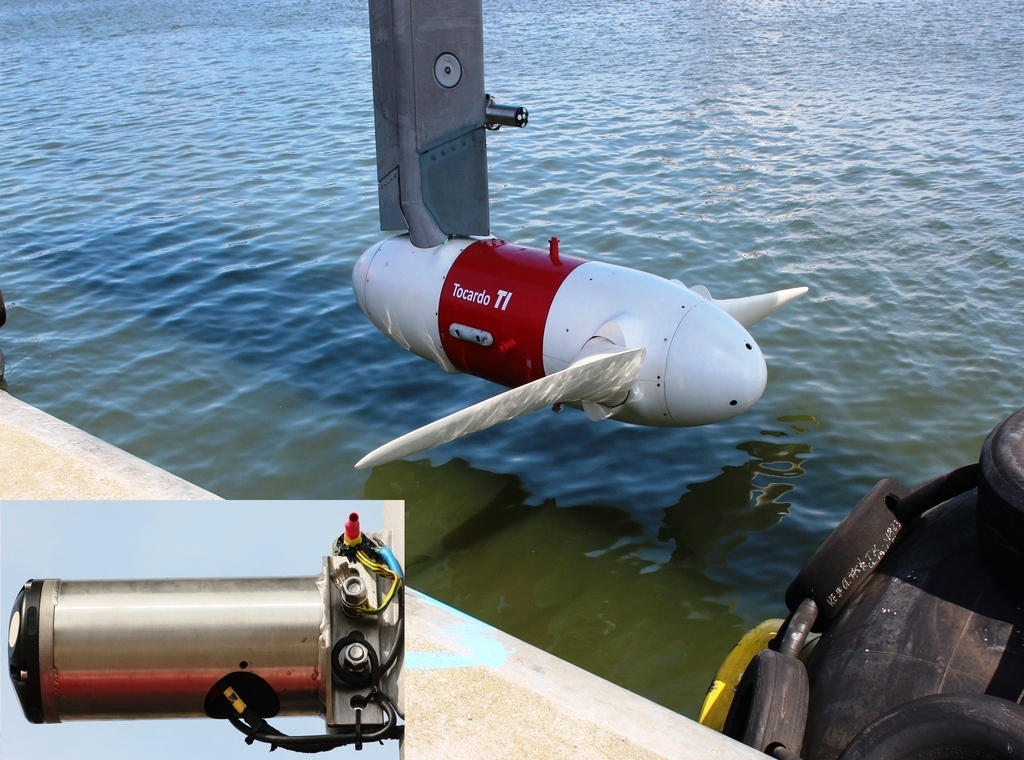
The Signature1000 is mounted on turbines that are installed in three different locations in the Netherlands: the TTC test facility in Den Oever, in the Eastern Scheldt storm surge barrier, and on the BlueTEC floating tidal energy platform Texel.
The Signature1000 is mounted on a turbine that is installed in Den Oever, a tidal testing center that operates in the Afsluitdijk tidal barrage, one of the most prestigious civil structures built in the 20th century. The 33 km long dam was built in the 1930’s to protect the Netherlands from flooding.
“One Signature1000 is mounted on top of one turbine and it measures the velocity through the rotor with the fifth beam of this ADCP. Another one is mounted in the tail of the turbine, also measuring with the fifth beam of this instrument,” explains Buatois. The Signature1000 instruments are mounted horizontally. Thus, the fifth beam of the instrument does horizontal measurements.
At present Tocardo is working towards commercial application of in-shore projects such as demonstrated at the Afsluitdijk and the Oosterschelde storm barrier. Just recently the company announced the application of the first 1 MW offshore tidal array with four turbines on a Universal Floating Structure (UFS) in Canada’s Bay of Fundy.
Providing vital data
This turbine facility will produce vital data and provide valuable experience with turbine installations (arrays). “We mainly get velocity data from the Signature1000. The velocity is important to determine the performance of the turbine. The amplitude and correlation are also useful to check the validity of the data,” says Aymeric Buatois. “Even if we use the Signature1000 in a challenging environment, it provides us accurate data to confirm the performance of our turbines.
Click here to discover Nortek’s range of cutting-edge ADCPs.
Next to water velocity, shear profile and turbulence measurements are also important, but not yet used a lot,” Buatois says. Buatois appreciates that the Signature1000 has helped Tocardo produce complete documentation. “It allows us to acquire data in real time with our own software to have the water velocity a part of our complete data acquisition system.”
The data have been useful in other ways: the Signature1000 has contributed to the calibration and further improvements of the CFD software model, and provided further design improvements relevant for performance and reliability. Additionally, it has helped provide accurate energy yield predictions for individual devices, and it has helped optimize array layouts.
Laying the foundation for future upscaling
Nortek has played an active role in setting up functional solutions for Tocardo’s projects. By cooperating closely, Tocardo and Nortek succeeded in overcoming the initial EMC problems. Why was solving the EMC issue of importance? EMC, or Electromagnetic Compatibility, refers to electronic noise.
Each turbine creates an EMC noise spectrum. This is picked up by the communication and power line and adds noise to the electronics of the instrument. This caused a high level of signal noise and a decreased measurement range.
“The support provided by Nortek is excellent, both in quality and reactivity,” reports Buatois. “The way Nortek solved the EMC issue with the ADCP was really valuable. Nortek modified the internal filter of the power supply to enable the 20 m range of the Signature1000.” Nortek analyzed the present noise spectrum and created a filter to reduce the EMC noise that interfered with the instrument.
This is useful because the Signature can achieve a longer range when there is no added EMC noise onto the internal electronics. Tocardo also asked Nortek to electrically disconnect the grounding titanium plate on the back of the Signature to prevent cathodic erosion.
Providing renewable energy as sea levels rise
In a greater societal context, this technology is contributing to help solve the world’s energy needs in a sustainable manner. It is an uncomfortable fact, but rising sea levels will actually make tidal energy even more relevant as the effects of climate change become a reality.
Tidal energy has several advantages: the amount of energy that can be produced is extremely predictable – the tide appears every day. Also, the turbines are installed in the water and are not in sight, something that has been a controversial issue in connection with wind turbines.
Preparing for future upscaling and the commercial rollout
In addition to the TTC test facility in Den Oever, Tocardo now successfully uses the Signature instruments on two additional locations in the Netherlands: the Eastern Scheldt storm surge barrier and on a floating tidal energy platform in the Waddenzee.
The Eastern Scheldt storm surge barrier is part of the famous Dutch Delta Works. These barriers have been put in place to protect the Netherlands from flooding from the North Sea. The system that has now been set up in this location demonstrates how future water defenses can also provide hydroelectric power.
This installation in the Eastern Scheldt is the largest tidal energy project in the Netherlands as well as the world’s largest commercial tidal installation of five turbines in an array. This commercial installation consists of a 1.2 MW array of five turbines.
The special design of this installation enables the turbines to generate electricity during ebb and flood. As the world’s only turbine manufacturer capable of installing this type of multi-turbine installation, Tocardo can now monitor the array in turbulent waters and see how the turbines interact.
This information is necessary for future upscaling and the commercial rollout of such tidal projects. Special care was given to the environmental challenges around this operation as the Eastern Scheldt is a protected area. Monitoring will therefore be an important part of the project.
Producing energy from a floating tidal 1 MW system in Canada’s Bay of Fundy
Tocardo has announced a collaboration with Minas Energy and International Marine Energy Inc (IME). In late 2017, these partners will deploy four 250 kW rated T2 bi-directional turbines in the Minas Passage, Bay of Fundy, Canada. The turbines will be attached to Tocardo’s patented semi-submersible Universal Floating Platform Structure to form a 1 MW system held in place by catenary mooring systems.
In this new collaboration, Tocardo’s technology will be tested at the Fundy Ocean Resource Centre for Energy (FORCE) in the Minas Passage.
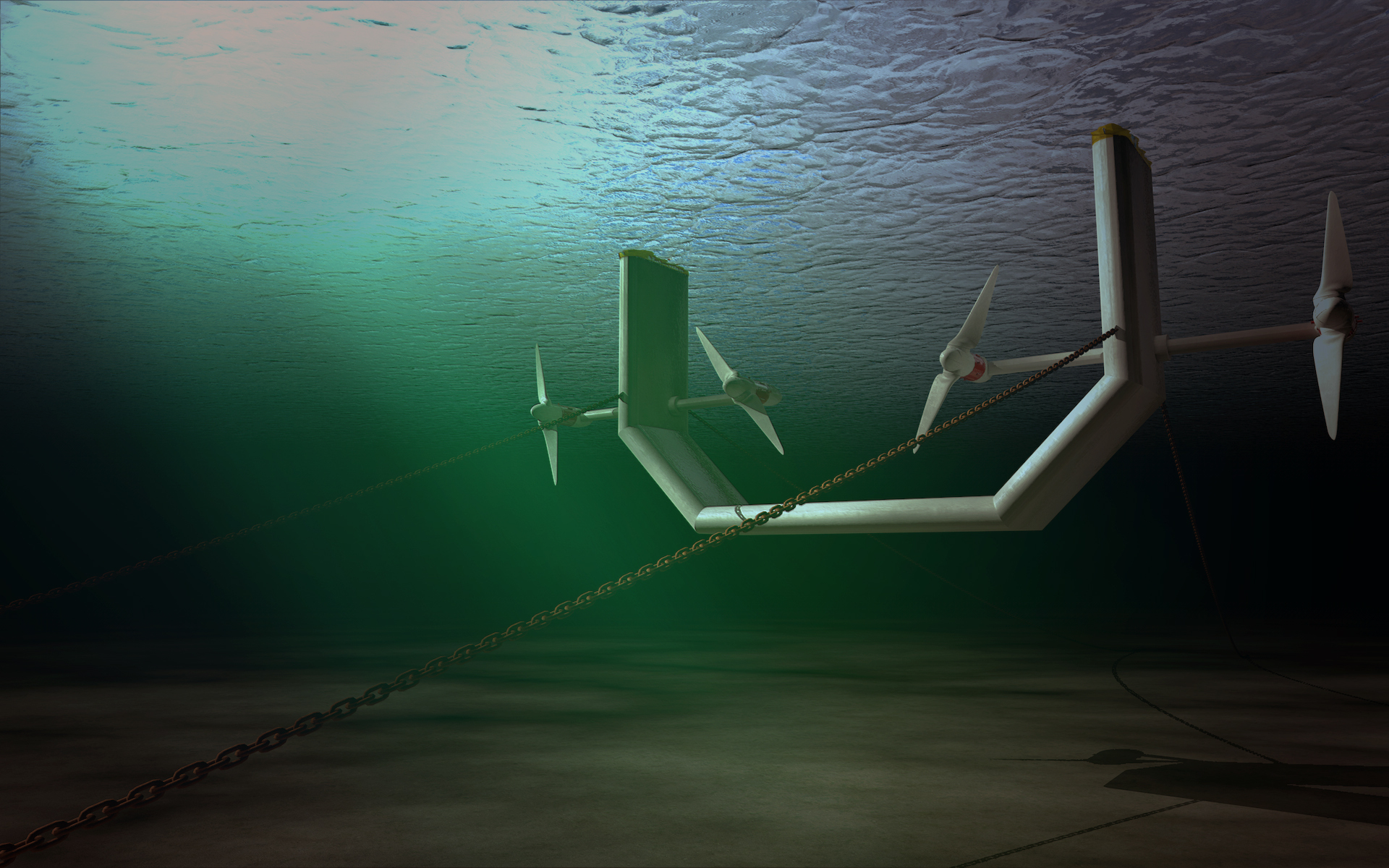
Tocardo International chose the Signature1000 since it could measure water speed through the rotor of the turbines. The Signature1000 can be mounted on top of one turbine and measure the velocity through the rotor with the fifth beam of this instrument. Another Signature1000 can be mounted in the tail of the turbine.
